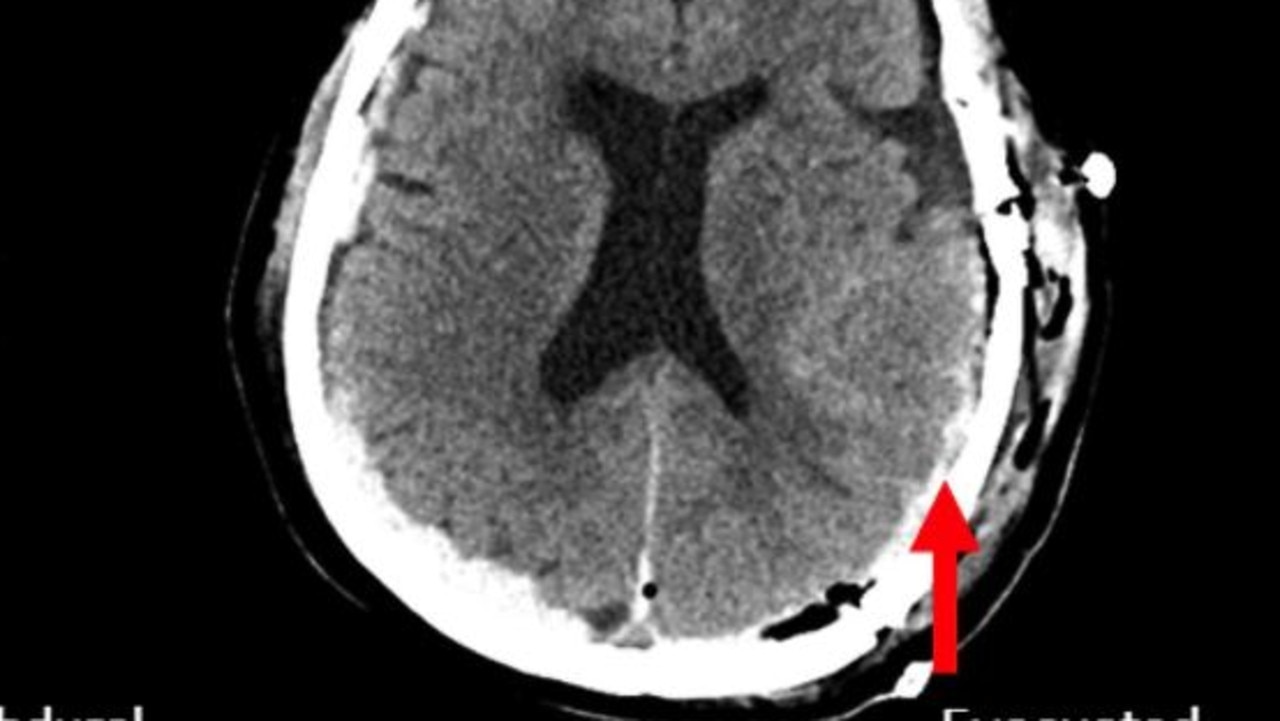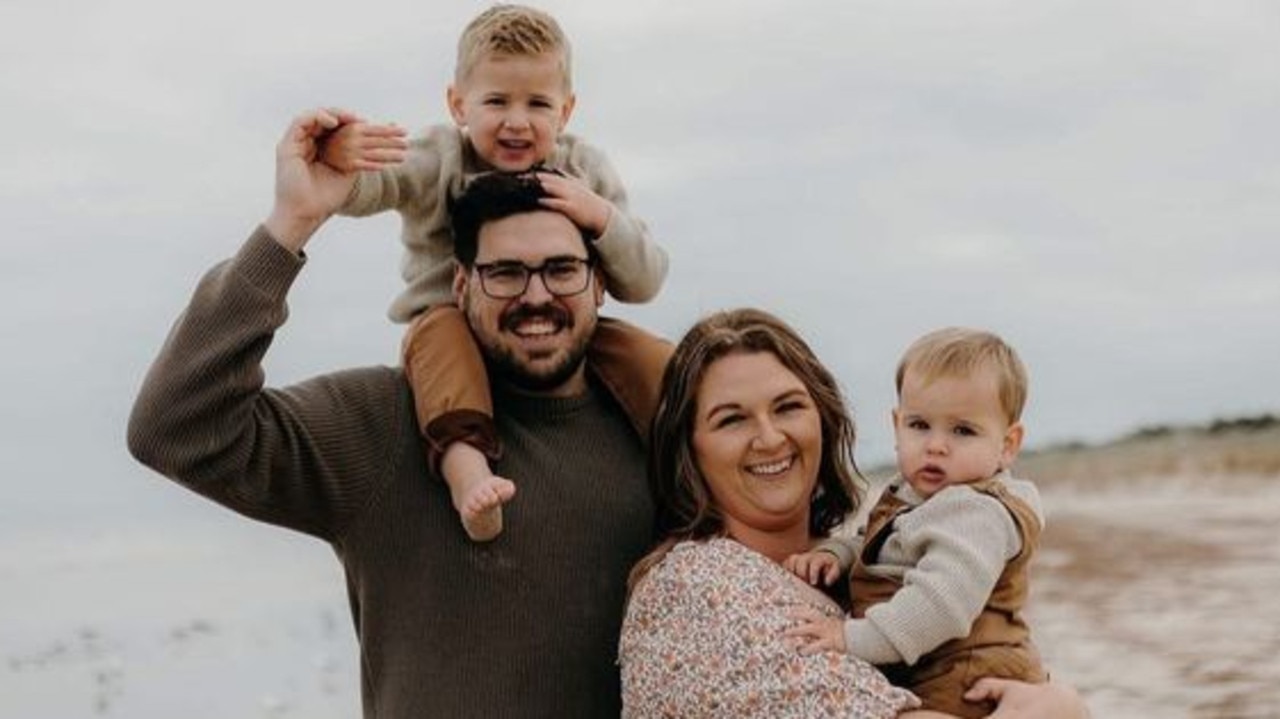Heartbreaking reason Julie Snook abruptly quit Channel 9
Julie Snook abruptly left Channel 9 as one of the network’s star broadcasters. Now, she’s revealed the real reason she quit.
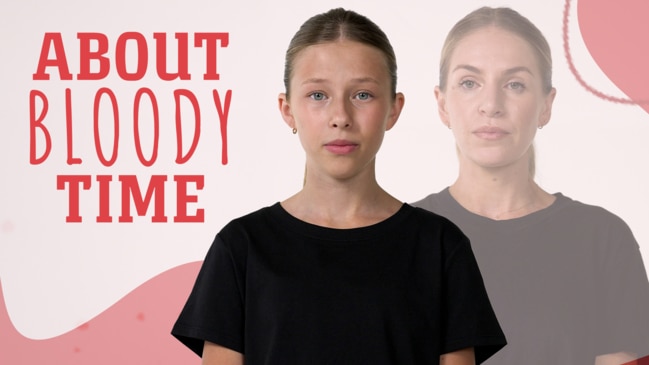
Illness
Don't miss out on the headlines from Illness. Followed categories will be added to My News.
Julie Snook abruptly left the Nine Network just as she broke into the competitive Sydney news team line-up.
A teenage Snook wouldn’t believe she’d work her way to the top of the game when she was doing her cadetship as a print reporter in NSW’s central west. And she certainly wouldn’t believe she’d abandon it at the age of 31.
When Snook, now 36, quit in mid-2019, she said she wanted to try something new. In reality, the journalist had hit “rock bottom”, she reveals for the first time in an interview with news.com.au.
“Rock bottom for me was sitting in a car park with my now husband (actor Hugo Johnstone-Burt) having a conversation about our future and the future of my career,” Snook begins, choking back tears as she recalls the “all-time low point”.
Medicare is failing women and it’s About Bloody Time things changed. Around one million suffer from endometriosis. There is no cure. Help is hard to come by and in rural or regional areas, it’s virtually impossible. We are campaigning for longer, Medicare-funded consultations for endometriosis diagnosis and treatment.

“I really got to a fork in the road where I thought, if I don’t make significant changes now, I will potentially lose my future with this man, and the future we want. Something had to give.”
Their impromptu, emotional conversation in a Sydney carpark saw Snook realise that ‘something’ was to be a job she’d painstakingly climbed the ranks to get.
But the dream of becoming a mother was greater, and likely, an even tougher mountain to climb.
Snook suffers from endometriosis, a chronic yet often overlooked disease that affects one in nine Australian women, causing severe pain and infertility. She has undergone surgery for it 13 times since she was 19.
Just 10 days after having one of these surgeries, Snook was back on-air presenting the 5am daily bulletins. Viewers would’ve had no idea she had a vomit bucket by her side and a heat pack on her stomach.
“I remember sitting at the desk and I was so unwell,” she says. “I remember just a cold sweat. I had a blanket on my lap. A bucket next to me. My best friend was producing me in the control room and just talked me through it, and thanks to that, I got through this awful week of this post operation pain.
“There were also just so many instances on the road where I was sick, and it was incredibly difficult to get through. It wasn’t a job where you’re sitting at a computer all day. It was honestly awful.”
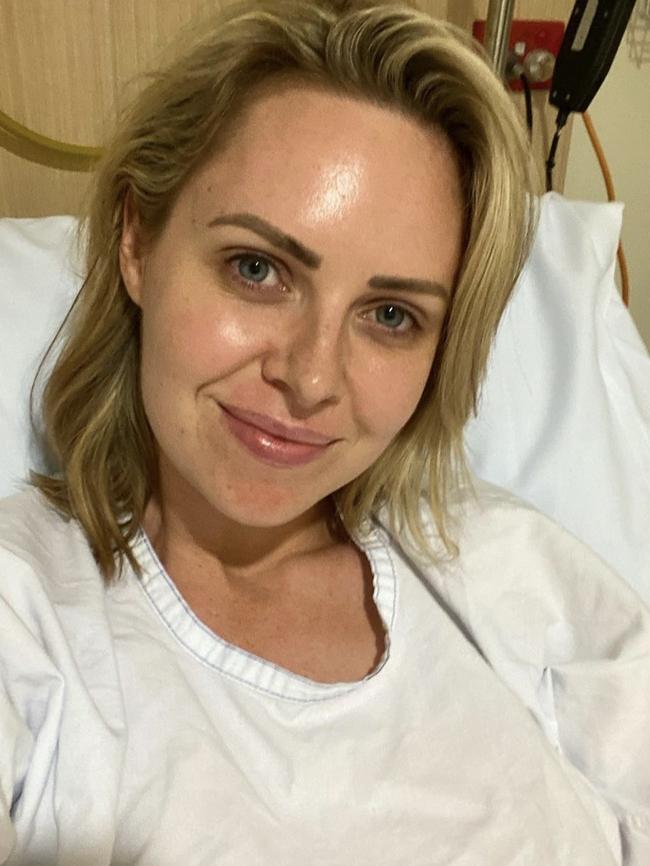

Endometriosis will see one in six Aussie women lose employment due to managing the disease, or in Snook’s case, leave their job because they can no longer weather the debilitating symptoms month-in, month-out.
“I used up all my sick leave, I was constantly having to have days off, or go to doctor’s appointments. And I just felt like I wasn’t contributing the way I wanted,” she says.
“And I wasn’t enjoying it the way I once did, because I just wasn’t well.
“It was a really hard decision. I loved my job and my newsroom, but unfortunately, the work that I was doing at the time was taking too much of a toll on me mentally and emotionally. I couldn’t battle the health side with the pressure.
“To me, that was breaking point and I chose to step away. I needed to for my health and my future.”

Support through it all
After leaving Nine and taking up work as a freelance reporter, Snook married Johnstone-Burt in March 2021.
“What I’ve been most proud of with him, after I told him I had endometriosis, he researched it and went to talk to his mates about it,” Snook says of her husband.
“He’s always been such a great ambassador in that he openly has these conversations with other guys and normalises it.
“And it’s really important for him to have that support network too, because our partners see the worst of it, and it can be really ugly at times. And of course, the fertility stuff impacts them hugely too.”
In December 2022, Snook and Johnstone-Burt welcomed their baby boy, August. After enduring a decade of surgeries and encumbered by uncertainty around her ability to conceive, it’s fair to say it was a Christmas miracle.
“When I was younger, I used to say ‘That’s future Julie’s problem (falling pregnant).’ And then all of a sudden, you are future Julie, and it’s a reality and it’s a terrifying one,” she says.
“That 15 years of heartache led to us having the happiest, most amazing little boy.”
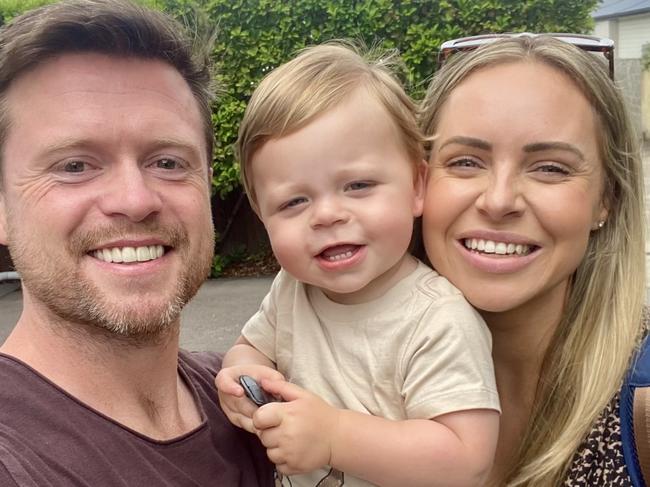
Snook underwent her last surgery for endometriosis – her 13th – in early 2020.
The pain relief was short lived, with Snook sure the disease has returned again.
Compounding that, the residual scarring from her surgeries indicates that she will likely require a hysterectomy, a procedure involving the complete removal of the uterus and, in some cases, the ovaries.
It’s the latest chapter in her almost 20-year journey dealing with endometriosis, and right now, in the thick of dealing with it, it’s hard for Snook to find words.
“I have August,” Snook offers. “I think becoming a mother has done this to me. I cry at the drop of a hat.”
An ill-equipped and not incentivised healthcare system
Despite endometriosis affecting nearly one million Australian women, specialists are ill-equipped to manage pain and Medicare rebates are so low there is no incentive to take time to provide thorough care. An initial gynaecologist appointment currently receives less than half the rebate of other specialist appointments dealing with issues as complex as endometriosis.
The reality for women suffering with the condition is they are rushed through quick appointments and only given two options – either undergo surgery to diagnose and remove the disease (with a high likelihood of it growing back imminently) or be prescribed hormonal treatments, including contraceptives like the pill or Mirena and Kyleena IUD.
Although Snook’s 13 surgeries may seem extreme, according to a news.com.au survey of more than 1700 Australian women who suffer from endometriosis, more than a third (34 per cent) had undergone more than two surgeries, including 7.4 per cent who had more than seven.
“I certainly don’t encourage people to be going in (to surgery) that many times, but I think the first half of my journey, there wasn’t much around,” she says.
“The resources weren’t there for it like they are now. The funding wasn’t there for it, the awareness wasn’t there for it. So I don’t feel like the health care system was there for it.
“My doctor at 18 or 19 alluded to the fact that I was being a hypochondriac and that everything was fine. That I was making a big deal out of it.
“The response seemed to be either put me on drugs that were so extreme, and my body just couldn’t cope with, or go in for surgery. The surgery seemed to be the quick fix.
“But I had a few instances where it came back very, very quickly, or they had found other concerns along the way, so I needed to go back in again.
“For a period of time, I was having two surgeries a year.”
If there’s one thing that’s changed since Snook was first diagnosed, it’s that women are feeling more empowered to talk about it.
Snook takes great pride in being one of those voices, particularly to shine a light on the plight in regional and remote areas.
“We obviously have such a long way to go, but the more and more people that come out and talk, particularly high profile people because it just hits a big platform and audience, the better,” she says.
“When I was diagnosed, I was very confused and very uneducated. And to be honest, I didn’t have a whole lot of support because I didn’t tell anyone. I didn’t even know what to tell them.
“But in the last five years, the amount of publicity and attention it’s received has just been extraordinary.”
About Bloody Time is an editorial campaign by news.com.au that been developed in collaboration with scientists recommended by the Australian Science Media Centre, and with the support of a grant from the Walkley Foundation’s META Public Interest Journalism fund.
Originally published as Heartbreaking reason Julie Snook abruptly quit Channel 9





